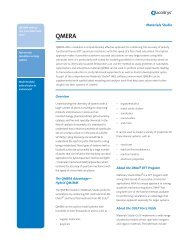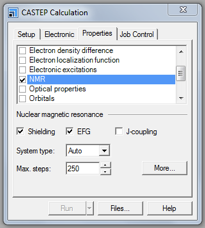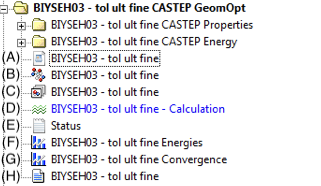

Vec3 specular = lightColor * (spec * material.specular) Vec3 reflectDir = reflect(-lightDir, norm) įloat spec = pow(max(dot(viewDir, reflectDir), 0.0), material.shininess) Vec3 viewDir = normalize(viewPos - FragPos) Vec3 diffuse = lightColor * (diff * material.diffuse)

Vec3 lightDir = normalize(lightPos - FragPos) įloat diff = max(dot(norm, lightDir), 0.0) Vec3 ambient = lightColor * material.ambient Since all the material variables are stored in a struct we can access them from the material uniform: We created a uniform material struct in the fragment shader so next we want to change the lighting calculations to comply with the new material properties. Let's try implementing such a material system in the shaders. It's not that uncommon to completely destroy the visual quality of an object by a misplaced material. In the Model Loading chapters we'll discuss more complicated shapes.įiguring out the right material settings for an object is a difficult feat that mostly requires experimentation and a lot of experience. The effects are clearly noticeable, but for the more realistic results we'll need to replace the cube with something more complicated. The following image shows the effect several of these real world material values have on our cube:Īs you can see, by correctly specifying the material properties of a surface it seems to change the perception we have of the object. A table as found at shows a list of material properties that simulate real materials found in the outside world. With these 4 components that define an object's material we can simulate many real-world materials. Lastly, the shininess impacts the scattering/radius of the specular highlight. The specular material vector sets the color of the specular highlight on the surface (or possibly even reflect a surface-specific color). The diffuse color is (just like ambient lighting) set to the desired surface's color. The diffuse material vector defines the color of the surface under diffuse lighting. The ambient material vector defines what color the surface reflects under ambient lighting this is usually the same as the surface's color. We first define the layout of the struct and then simply declare a uniform variable with the newly created struct as its type.Īs you can see, we define a color vector for each of the Phong lighting's components. We can also store them as individual uniform values, but storing them as a struct keeps it more organized. In the fragment shader we create a struct to store the material properties of the surface. Now add a shininess component to those 3 colors and we have all the material properties we need: By specifying a color for each of the components we have fine-grained control over the color output of the surface.

When describing a surface we can define a material color for each of the 3 lighting components: ambient, diffuse and specular lighting. In the previous chapter we defined an object and light color to define the visual output of the object, combined with an ambient and specular intensity component. If we want to simulate several types of objects in OpenGL we have to define material properties specific to each surface. Some objects reflect the light without much scattering resulting in small specular highlights and others scatter a lot giving the highlight a larger radius. Steel objects are often shinier than a clay vase for example and a wooden container doesn't react the same to light as a steel container. In the real world, each object has a different reaction to light.


 0 kommentar(er)
0 kommentar(er)
